Behind Scandinavian Design, Why is it Popular Now?
Scandinavian design has seen a surge in popularity worldwide over the past few decades. After dominating regional design for over 50 years in northern Europe, Scandinavian design has become particularly popular in the Nordic countries of Sweden, Iceland, Finland, Norway, and Denmark, which share similar cultures and aesthetics.
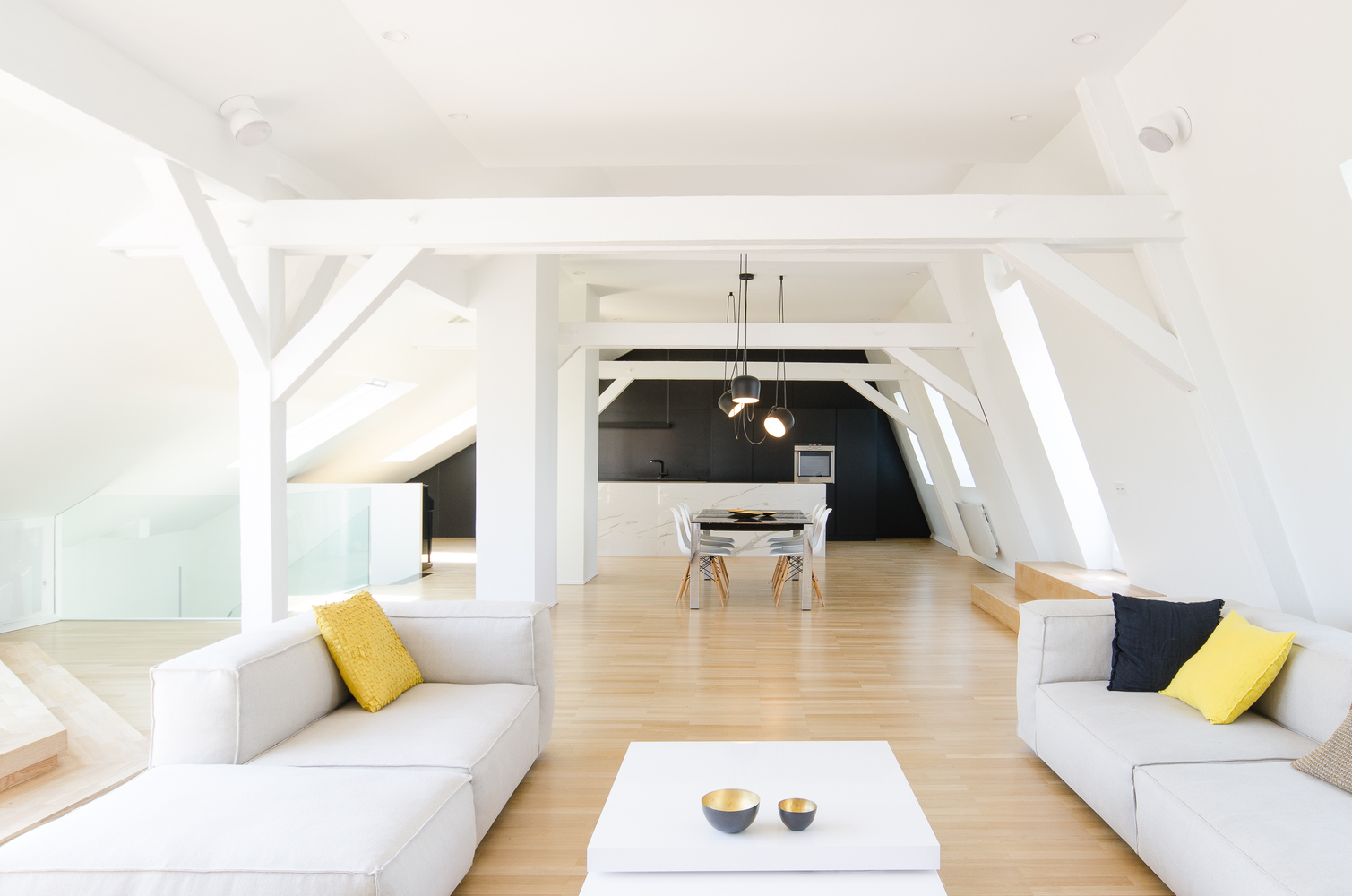
The Attic by F+F Architectes (cr: Johan Fritzell)
As a starting point, Scandinavian design began in the early 20th century and flourished in the Nordic countries from the 1930s onwards. During the industrial revolution, the Bauhaus School in Germany inspired European designers to create furniture that was free of ornaments and prioritized functionalism. Scandinavian designers gave their own touch to the style, by combining elements of tradition that came from their long-standing crafts, more specifically materials from wood. Today's Scandinavian designs are inseparable from the contributions of talented modern Scandinavian designers who continue to echo them such as Hans Wegner, Arne Jacobsen, Alvar Aalto, Ingvar Kamprad, and Eero Aarnio. Political and geographical influences played a major role in the birth of Scandinavian architecture, which is undoubtedly one of the most influential styles in modern times.
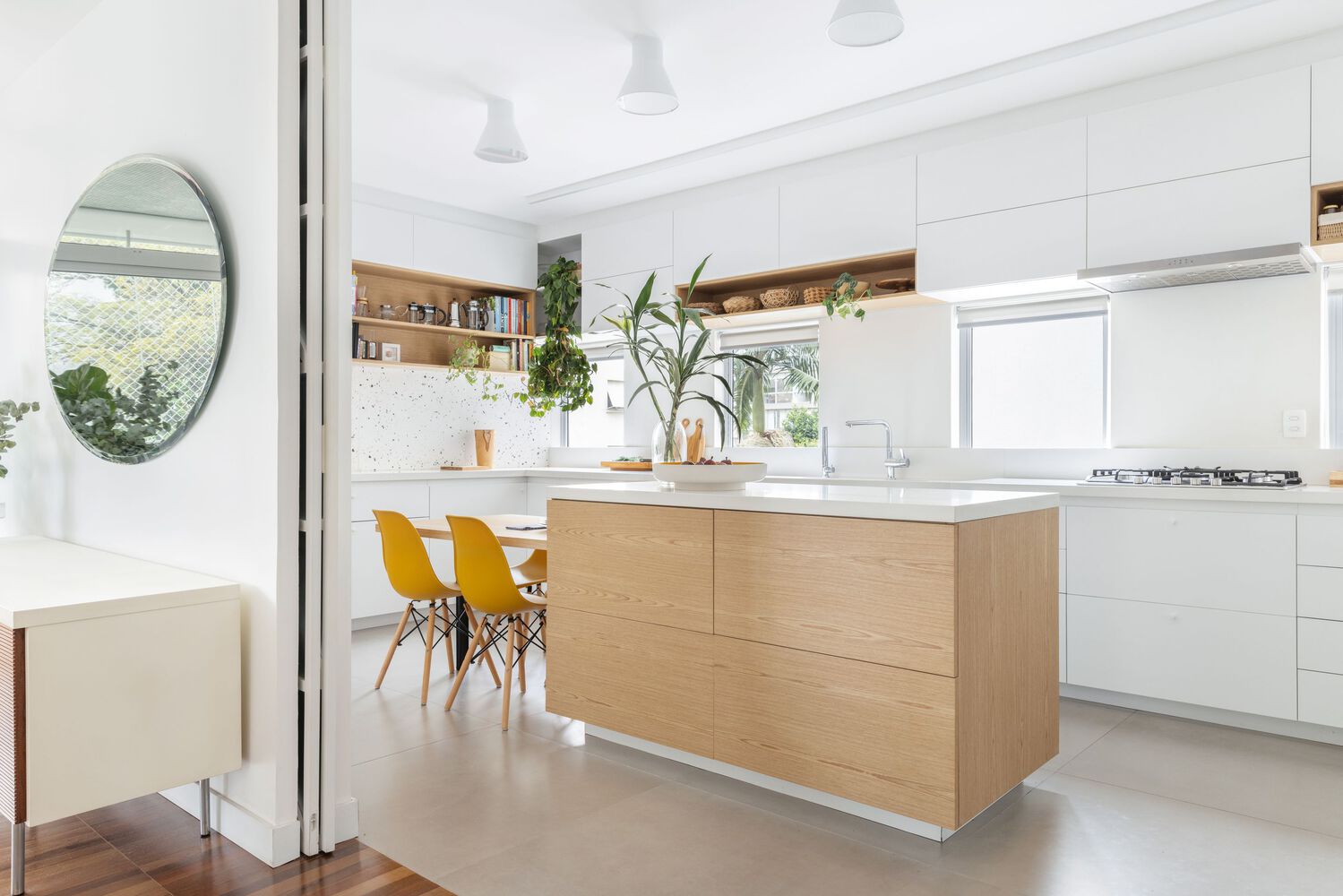 The Baronesa Apartment by Lucia Manzano Arquitetura + Paisagismo (cr: Maura Mello)
The Baronesa Apartment by Lucia Manzano Arquitetura + Paisagismo (cr: Maura Mello)
Scandinavian design is more than just about furniture. Scandinavian design is a design with a minimal and clean approach that focuses on combining the value of functionality with beauty. Everything is made in moderation, only eliminating unnecessary parts. This kind of minimalism brings peace into the design. The clean yet warm feel brings out the calming nature of the characteristics of a spacious, bright room with a neat appearance is the reason why Scandinavian design is so popular.
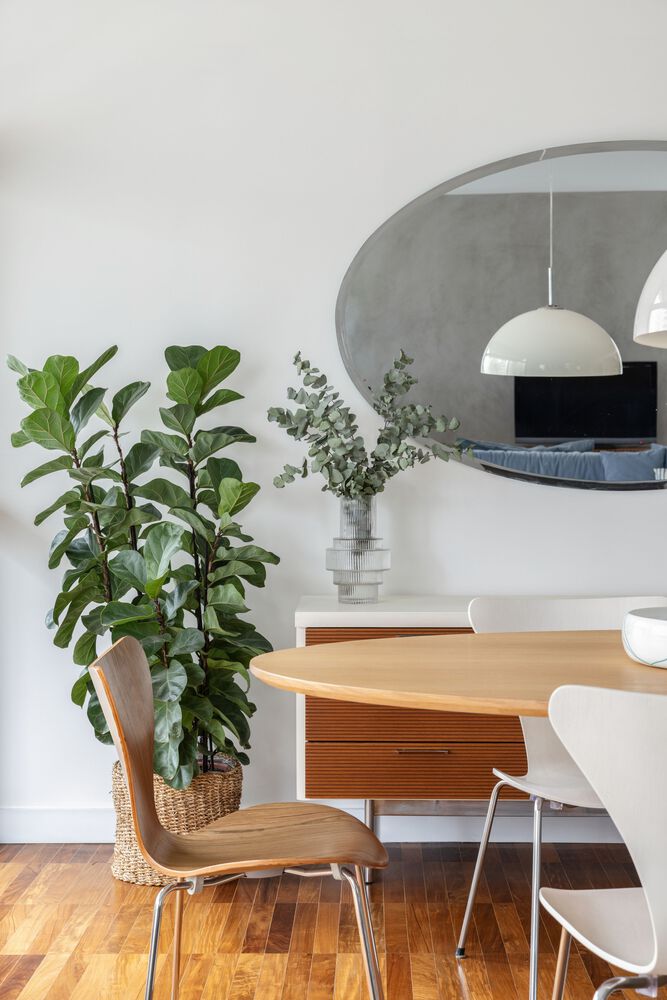
The Baronesa Apartment by Lucia Manzano Arquitetura + Paisagismo (cr: Maura Mello)
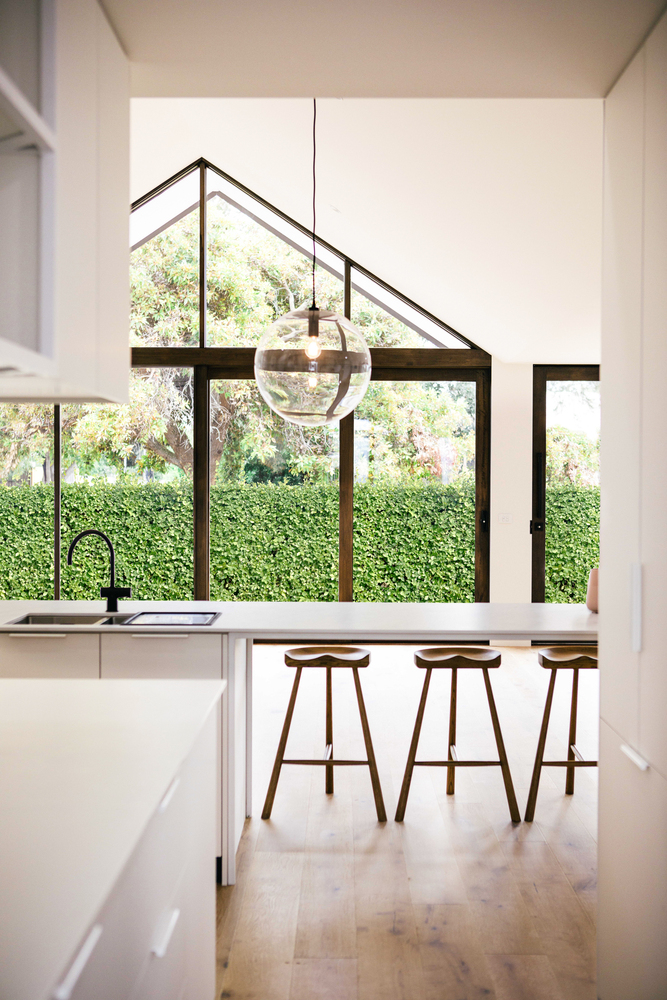 Scandi House by Lifespaces Group (cr: Stefani Driscoll Photography)
Scandi House by Lifespaces Group (cr: Stefani Driscoll Photography)
The main characteristics of Scandinavian design include the use of neutral colors such as white, ivory, gray, tan and colors with bright warm tones. Scandinavian design mostly uses wood materials that feel tied to nature. During the day, natural light is allowed into the room. Organic and natural textures such as knits from sheepskin and wool add appeal and warmth to the space plus the use of clean-lined furniture with both straight and curved patterns looks so harmonious. The beauty of Scandinavian design lies in its incredible flexibility. The simple aesthetic can fit into almost any style and era.
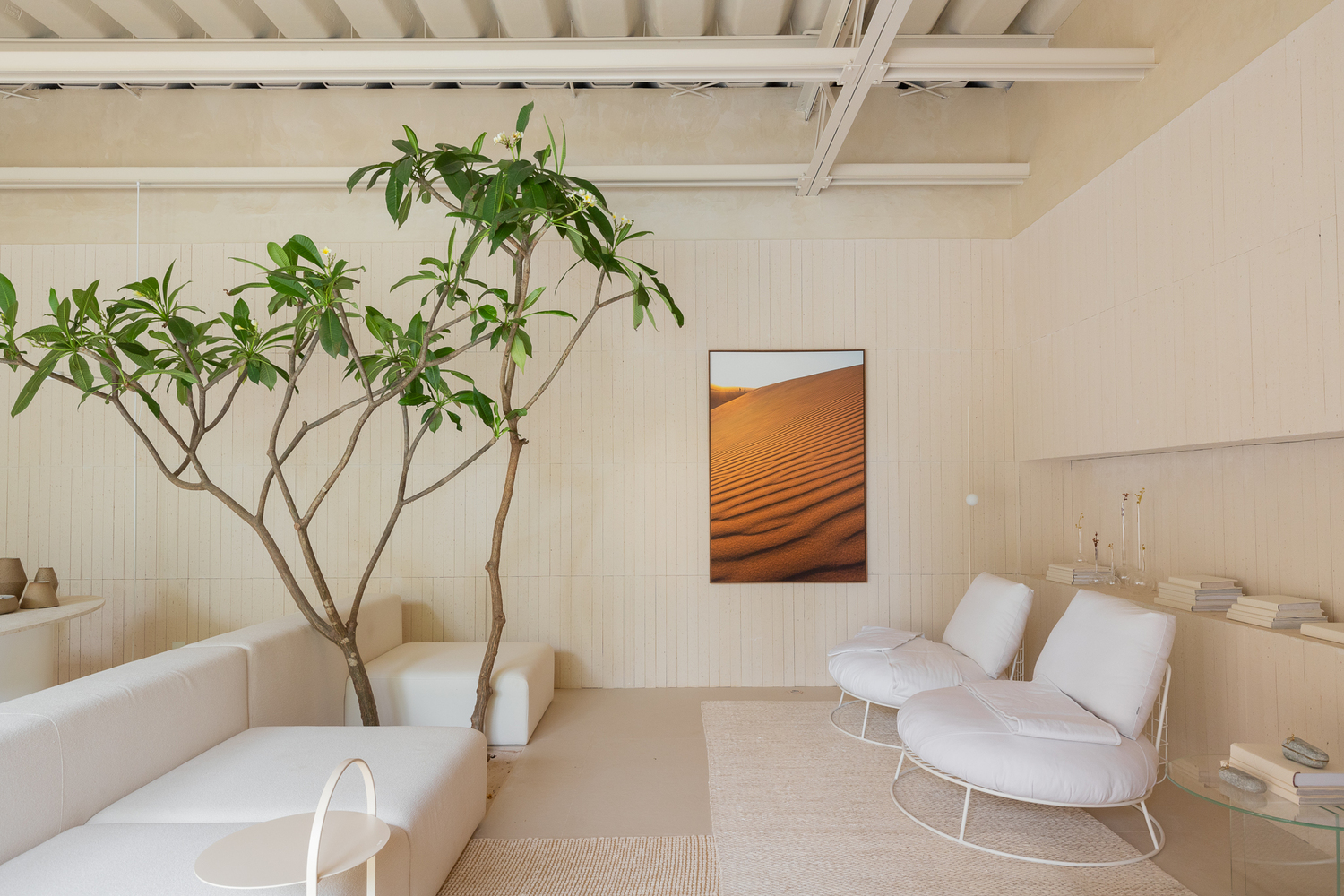 Ori Refuge by Traama Arquitetura (cr: Júlia Tótoli)
Ori Refuge by Traama Arquitetura (cr: Júlia Tótoli)
These Scandinavian design principles enable better everyday living and are part of sustainability efforts, naturally seeking to return to local production to produce high-quality products that are designed to last.


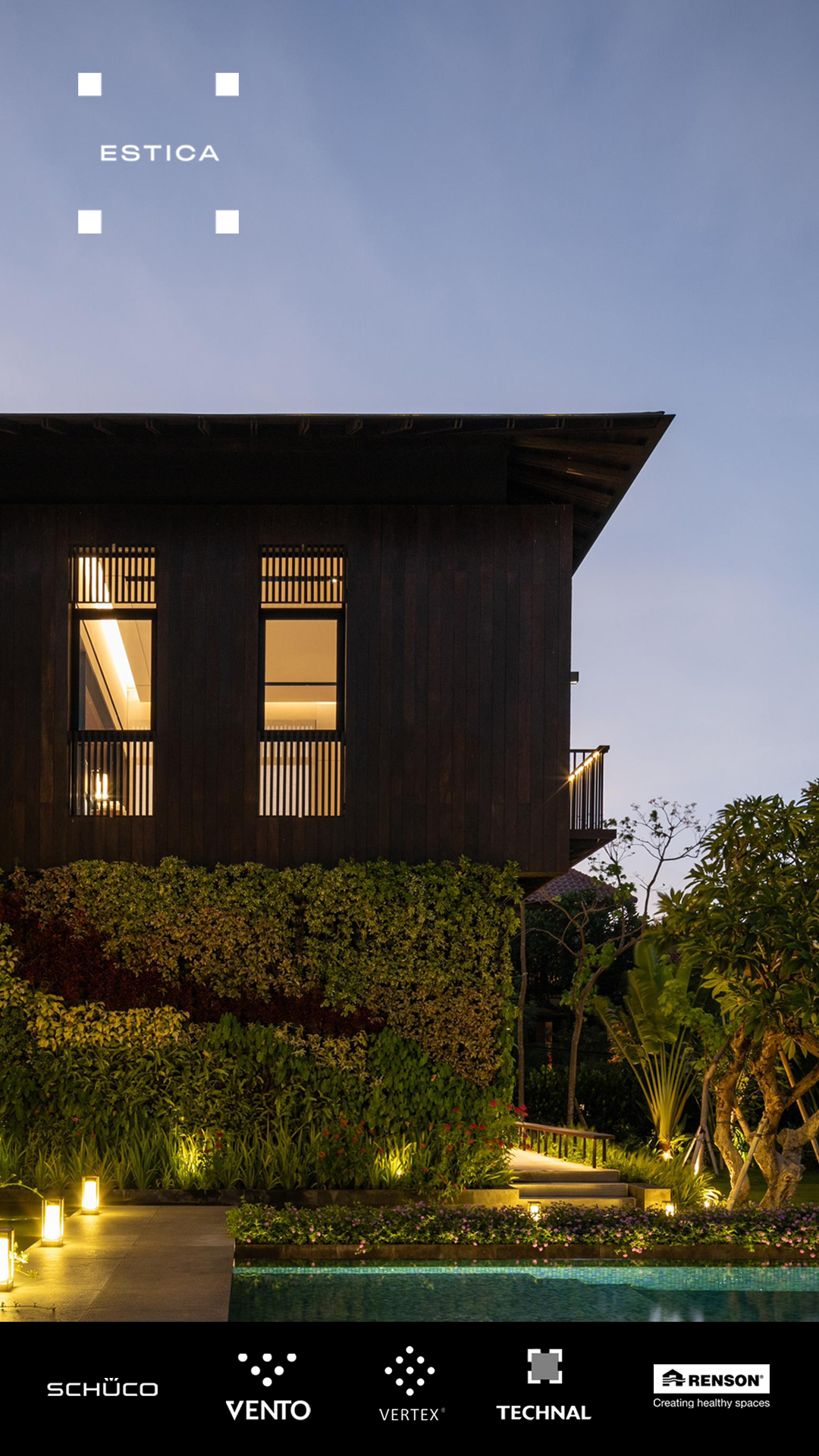

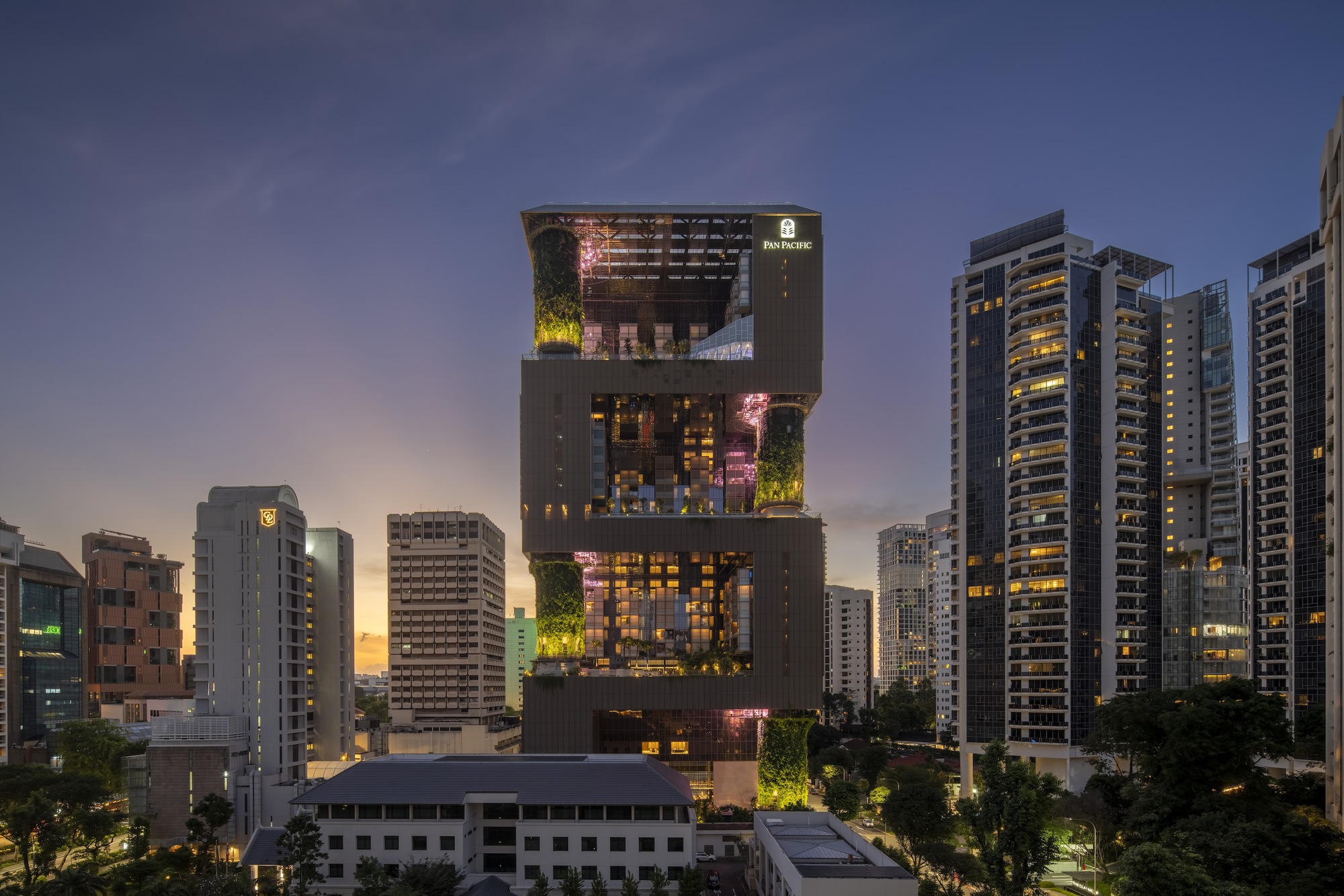

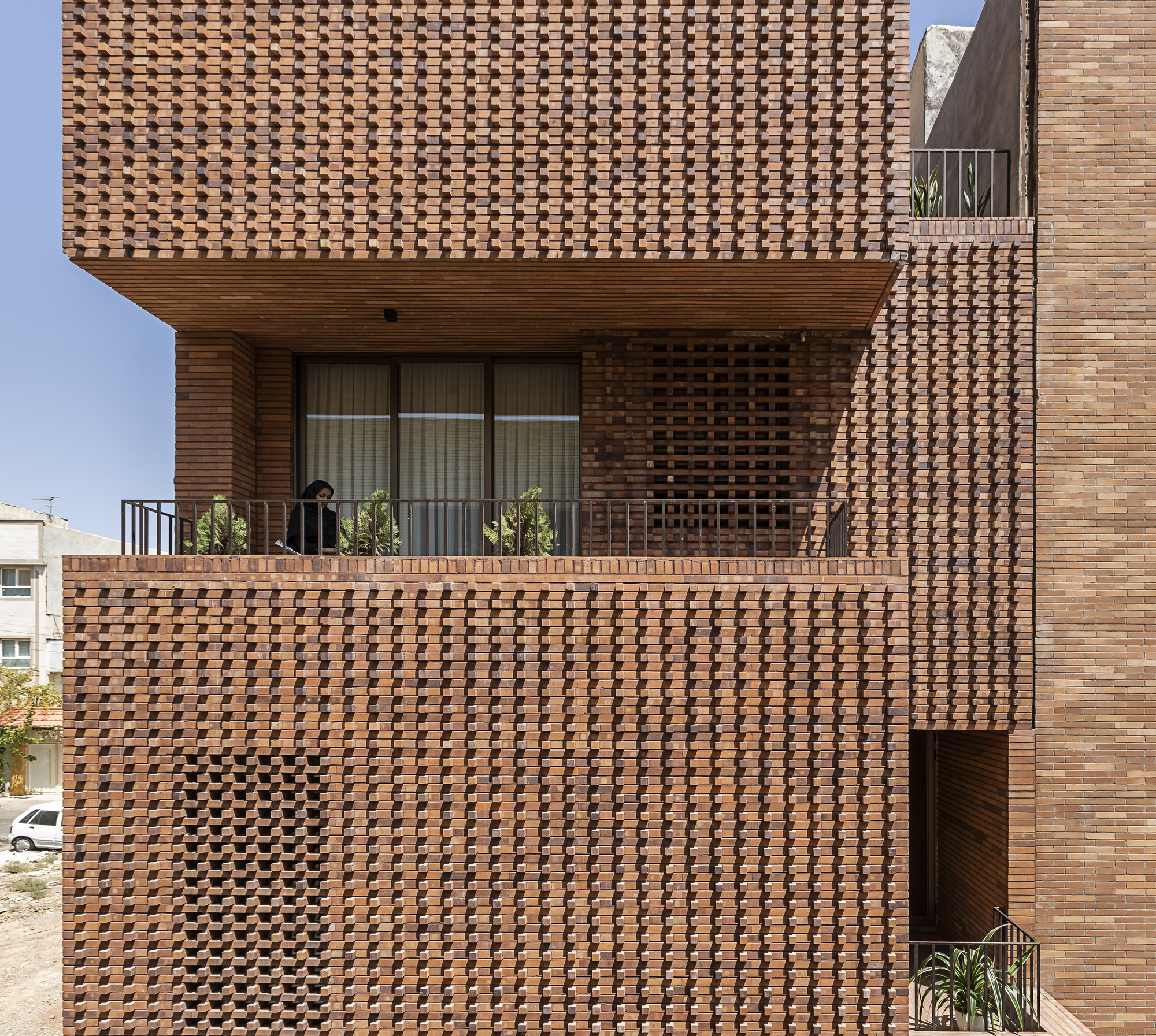
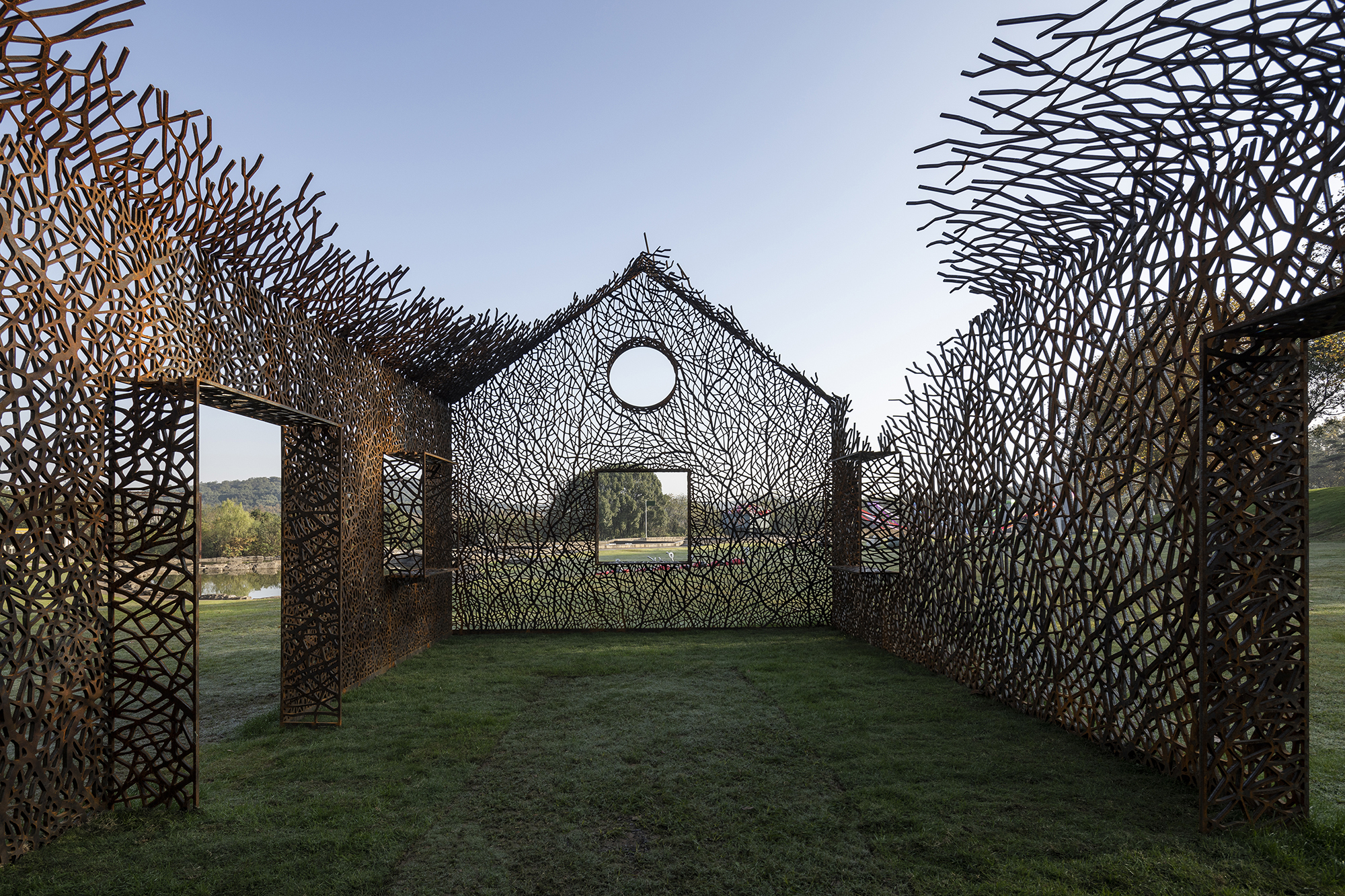
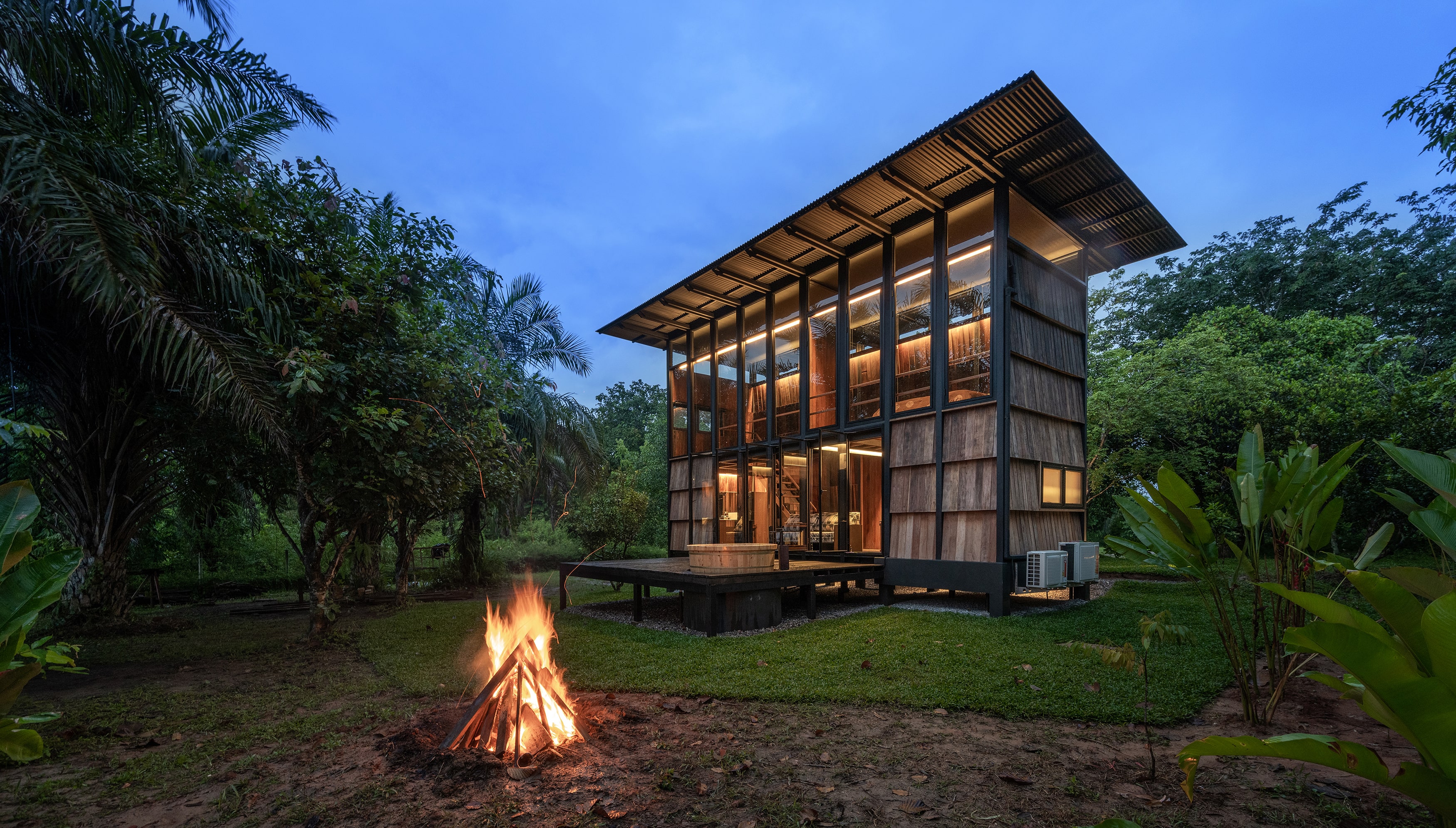
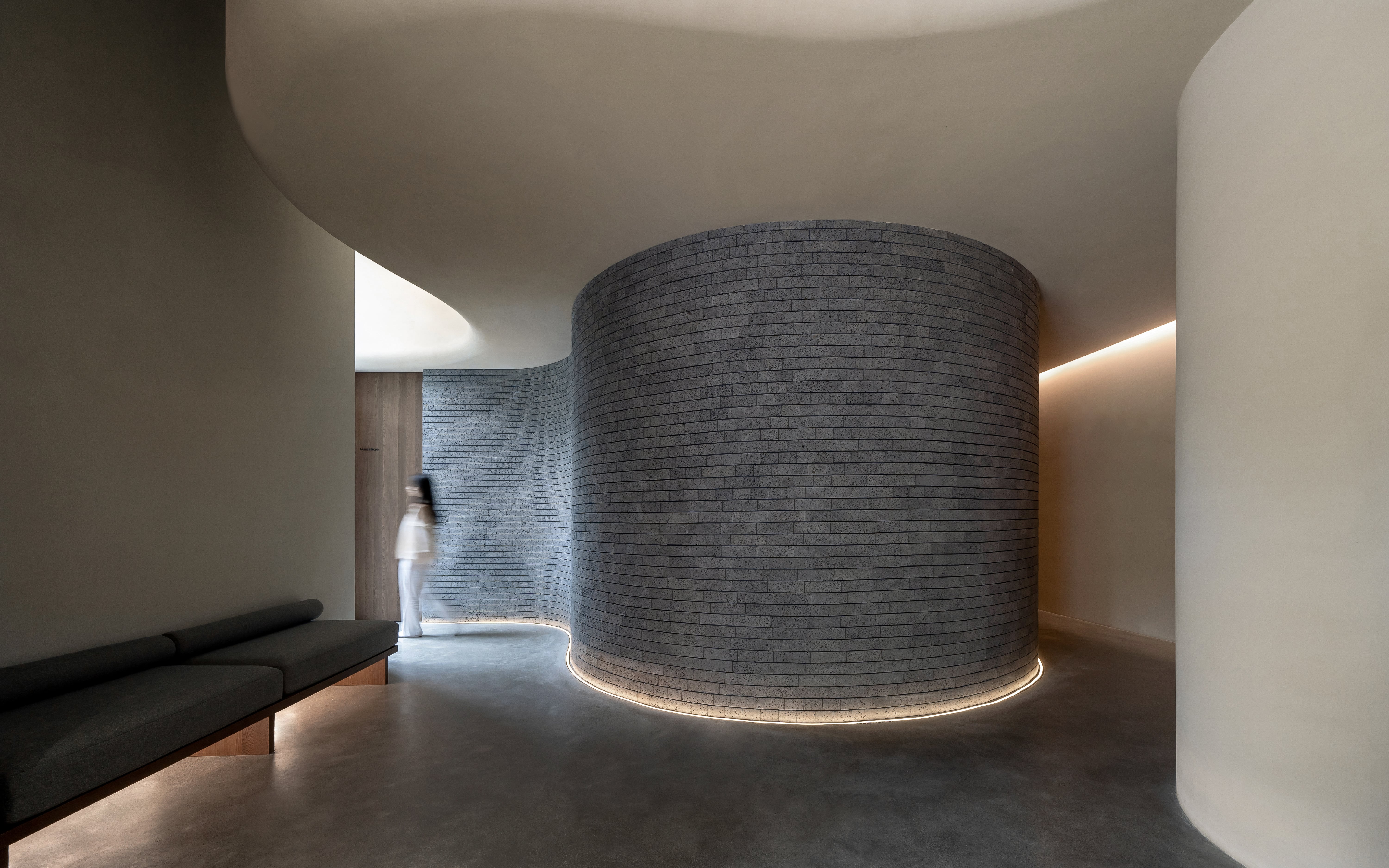
Authentication required
You must log in to post a comment.
Log in